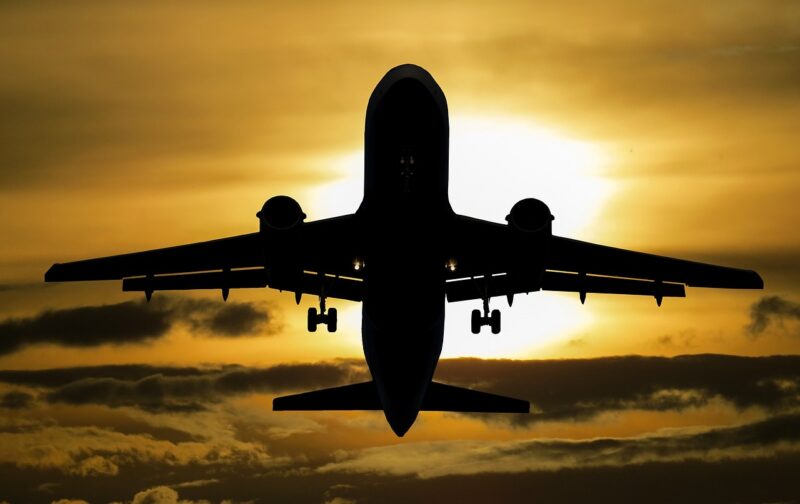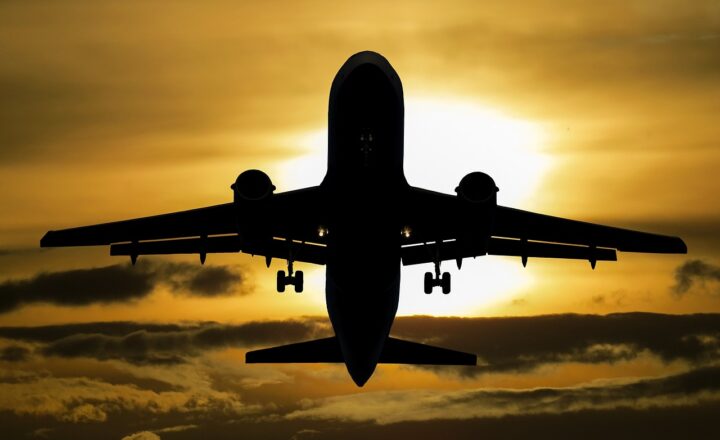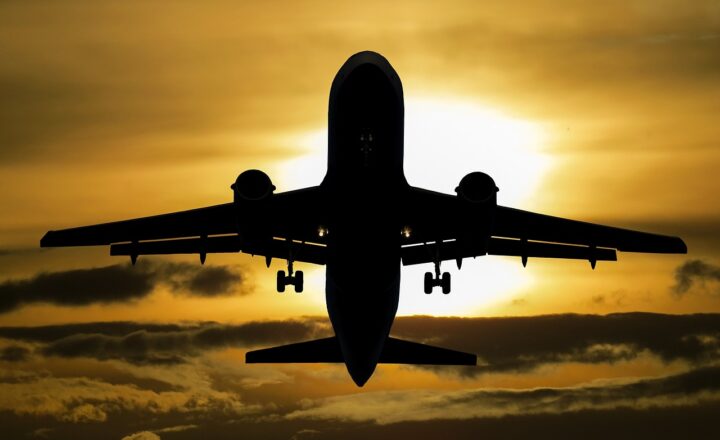
Understanding the fundamental principles of pressure and buoyancy can deeply enhance our appreciation of two vastly different modes of transportation: airplanes and submarines. While these vehicles operate in opposing environments—air and water—they both adhere to the same laws of physics that dictate how they move and navigate through their respective mediums.
1. What is Pressure?
Pressure is defined as the force exerted per unit area on the surface of an object. In physical terms, it is calculated by the formula:
Pressure (P) = Force (F) / Area (A)
This relationship implies that greater force applied over a smaller area results in higher pressure, while a smaller force distributed over a larger area results in lower pressure.
Pressure is a fundamental concept in both the study of fluid dynamics and the functioning of various mechanical systems. The units we typically use to measure pressure are Pascals (Pa) in the International System of Units (SI), where 1 Pascal is equal to 1 Newton per square meter. In aviation and marine contexts, pressure is often expressed in atmospheres (atm) or millibars (mb).
2. The Science Behind Airplanes: Lift and Thrust
For airplanes to fly, they must generate enough lift to overcome their weight. Lift is created primarily through the shape of the airplane’s wings, also known as airfoils. The wings are designed to create a pressure difference between the upper and lower surfaces, exploiting Bernoulli’s Principle, which states that an increase in the speed of a fluid occurs simultaneously with a decrease in pressure.
When an airplane moves forward, air moves faster over the top surface of the wing than the bottom. This differential in airspeed causes lower pressure on top and higher pressure beneath the wing, creating lift. The angle of attack—a crucial aspect of wing design—also influences lift; a correct angle allows the wing to efficiently harness airflow, enhancing lift generation.
Beyond lift, engines produce thrust, propelling the airplane forward. To maintain flight, the thrust must counteract drag, a resisting force caused by air friction. The balance of thrust, drag, weight, and lift is vital for stable and controlled flight.
3. The Role of Pressure and Altitude in Aviation
As airplanes ascend, they encounter decreasing atmospheric pressure due to the thinning of air. Pilots must adjust the aircraft’s systems to maintain optimal performance, as lower pressure affects lift and engine efficiency. They do this through altitude management, configuring flaps and engine thrust for varying altitudes.
Cabin pressure management is also critical for passenger safety and comfort. Commercial aircraft routinely pressurize cabins to keep guests comfortable at cruising altitudes, where external pressures would otherwise render flying dangerous for human life.
When an aircraft exits the thick atmosphere and enters a much lower pressure environment, the risks can escalate dramatically, leading to potential decompression and other technical hazards.
4. The Science Behind Submarines: Buoyancy and Density
In stark contrast, submarines are designed to operate underwater, navigating through the force of water pressure. The principle that governs a submarine’s movement is buoyancy, elucidated by Archimedes’ Principle: any object submerged in a fluid will experience an upward force equal to the volume of fluid displaced.
For a submarine to submerge, it must increase its weight by taking water into its ballast tanks, thus reducing buoyancy. Conversely, to surface, submarines expel this seawater, allowing them to rise. The fine-tuned balance of buoyancy and weight enables submarines to operate seamlessly, descending to great oceanic depths while withstanding intense water pressure.
5. Pressure and Depth in Ocean Navigation
As submarines dive deeper, the water pressure increases dramatically—approximately 1 atmosphere for every 10 meters of depth. Such pressure can be formidable; however, submarines are constructed with strong hulls to withstand it, ensuring safety and integrity during deep dives.
Understanding how to navigate these pressures is indispensable for submarine crew members, as variations in pressure can alter buoyancy, requiring immediate action to maintain their desired depth. Furthermore, unlike airplanes, submarines operate in a densifying medium that requires precise monitoring of water salinity and temperature, both holding significant sway over buoyancy dynamics.
6. The Intersection: Pressure in Aircraft and Submerged Vessels
Both airplanes and submarines emphasize the relationship between pressure and force in their respective operational contexts. While airplanes seek to create lift against atmospheric pressure, submarines work tirelessly to contend with external water pressure. The dynamics of pressure allow both vehicles to traverse their domains efficiently.
As we delve into technologies like hybrid airships or unmanned underwater vehicles, we begin exploring new realms where aerodynamics and hydrodynamics intersect, creating new modes of transportation that could take advantage of these different pressure dynamics.
7. Conclusion: Understanding Transportation Through the Lens of Pressure
Both airplanes in the sky and submarines beneath the waves capture the imagination and showcase human ingenuity. Understanding the physics of pressure allows us to appreciate how they navigate their respective realms. Each adheres to the unbreakable laws of physics governing pressure, buoyancy, and density, resulting in harmonious designs that fulfill their purpose in an efficient manner. As we continue to innovate in transportation technology, recalling the foundational principles of pressure will undoubtedly guide us toward safer, more efficient exploration above and below the ocean’s surface.
By understanding how both airplanes and submarines function through their unique engagement with pressure, we can appreciate not only their engineering marvels but also the scientific principles that govern our world.








